Susan Canavan
@scanavan.bsky.social
Reposted by Susan Canavan
A study from colleagues in SNES and @uniofgalway.bsky.social analysing over 500,000 tweets from 2006 to 2021 found that public discourse on invasive species heavily favours charismatic animals over ecologically harmful plants 🐱 www.ncl.ac.uk/nes/news/new...

What half a million tweets revealed about invasive species
A study analysing over 500,000 tweets from 2006 to 2021 found that public discourse on invasive species heavily favours charismatic animals over ecologically harmful plants.
www.ncl.ac.uk
October 28, 2025 at 9:18 AM
A study from colleagues in SNES and @uniofgalway.bsky.social analysing over 500,000 tweets from 2006 to 2021 found that public discourse on invasive species heavily favours charismatic animals over ecologically harmful plants 🐱 www.ncl.ac.uk/nes/news/new...
Reposted by Susan Canavan
From habitats to hashtags: examining online discussions about invasive species – new paper by @scanavan.bsky.social et al. now published in #EcologyandSociety doi.org/10.5751/ES-1... #alienspecies #invasivespecies #digitaldata #socialmedia #conservationculturomics


October 24, 2025 at 6:40 PM
From habitats to hashtags: examining online discussions about invasive species – new paper by @scanavan.bsky.social et al. now published in #EcologyandSociety doi.org/10.5751/ES-1... #alienspecies #invasivespecies #digitaldata #socialmedia #conservationculturomics
Reposted by Susan Canavan
Hot off the presses...iEcology reveals the importance of geography and genetic makeup in the flowering phenology of invasive Carpobrotus taxa
besjournals.onlinelibrary.wiley.com/doi/10.1002/...
besjournals.onlinelibrary.wiley.com/doi/10.1002/...

iEcology reveals the importance of geography and genetic makeup in the flowering phenology of invasive Carpobrotus taxa
Scientists use social media to track the flowering of an invasive coastal plant across six countries. Photographs from Instagram, iNaturalist and Google Maps showed that Carpobrotus plants flower at ....
besjournals.onlinelibrary.wiley.com
October 13, 2025 at 12:34 PM
Hot off the presses...iEcology reveals the importance of geography and genetic makeup in the flowering phenology of invasive Carpobrotus taxa
besjournals.onlinelibrary.wiley.com/doi/10.1002/...
besjournals.onlinelibrary.wiley.com/doi/10.1002/...
Reposted by Susan Canavan
Study finds that Pampas grass sold as ‘sterile’ in South African markets had significant numbers of viable seeds, with up to 35% of seeds germinating.
www.sciencedirect.com/science/arti...
www.sciencedirect.com/science/arti...

Seed germination of cultivated, naturalised and floristically traded Cortaderia species in South Africa
Cortaderia species (commonly known as pampas grass), C. jubata and C. selloana, have become invasive in South Africa. The National Environmental Manag…
www.sciencedirect.com
September 12, 2025 at 12:10 PM
Study finds that Pampas grass sold as ‘sterile’ in South African markets had significant numbers of viable seeds, with up to 35% of seeds germinating.
www.sciencedirect.com/science/arti...
www.sciencedirect.com/science/arti...
Study finds that Pampas grass sold as ‘sterile’ in South African markets had significant numbers of viable seeds, with up to 35% of seeds germinating.
www.sciencedirect.com/science/arti...
www.sciencedirect.com/science/arti...

Seed germination of cultivated, naturalised and floristically traded Cortaderia species in South Africa
Cortaderia species (commonly known as pampas grass), C. jubata and C. selloana, have become invasive in South Africa. The National Environmental Manag…
www.sciencedirect.com
September 12, 2025 at 12:10 PM
Study finds that Pampas grass sold as ‘sterile’ in South African markets had significant numbers of viable seeds, with up to 35% of seeds germinating.
www.sciencedirect.com/science/arti...
www.sciencedirect.com/science/arti...
Reposted by Susan Canavan
Read all about it! The Aliens Newsletter is out led by @ananovoaperez.bsky.social and @scanavan.bsky.social
Find the paper here: link.springer.com/article/10.1...
Find the newsletter here: viewer.joomag.com/invasions-ne...
Find the paper here: link.springer.com/article/10.1...
Find the newsletter here: viewer.joomag.com/invasions-ne...

June 20, 2025 at 10:16 AM
Read all about it! The Aliens Newsletter is out led by @ananovoaperez.bsky.social and @scanavan.bsky.social
Find the paper here: link.springer.com/article/10.1...
Find the newsletter here: viewer.joomag.com/invasions-ne...
Find the paper here: link.springer.com/article/10.1...
Find the newsletter here: viewer.joomag.com/invasions-ne...
Reposted by Susan Canavan
This is not a matter of avoiding "uncomfortable" science. The science is weak & without heuristic value. Some of the comparisons (e.g. to invasional meltdown) drawn by Ahmed et al (2025) are ridiculous - but not acknowledged as such. Consequently, their article may normalize such dubious parallels.
In summary, by drawing untenable equivalencies between biological invasions & human migration, Ahmed & colleagues open the door for both intentional & unintentional misuse instead of preventing it
We strongly recommend such comparisons should be avoided altogether.
academic.oup.com/bioscience/a...
We strongly recommend such comparisons should be avoided altogether.
academic.oup.com/bioscience/a...

Parallels between biological invasions and human migration are flawed and undermine both disciplines. Response to Ahmed et al.
A recent article by Ahmed and colleagues (2025) attempt to draw parallels and assess distinctions between biological invasions and human migration. This co
academic.oup.com
June 9, 2025 at 4:41 PM
This is not a matter of avoiding "uncomfortable" science. The science is weak & without heuristic value. Some of the comparisons (e.g. to invasional meltdown) drawn by Ahmed et al (2025) are ridiculous - but not acknowledged as such. Consequently, their article may normalize such dubious parallels.
Reposted by Susan Canavan
A recent article in Biol Reviews by Ahmed et al (2025) warns against 'deleterious' comparisons between human migrations & biological invasions, yet makes a series of scientifically dubious comparisons, described as "potentially fruitful to explore". See our critique: academic.oup.com/bioscience/a...
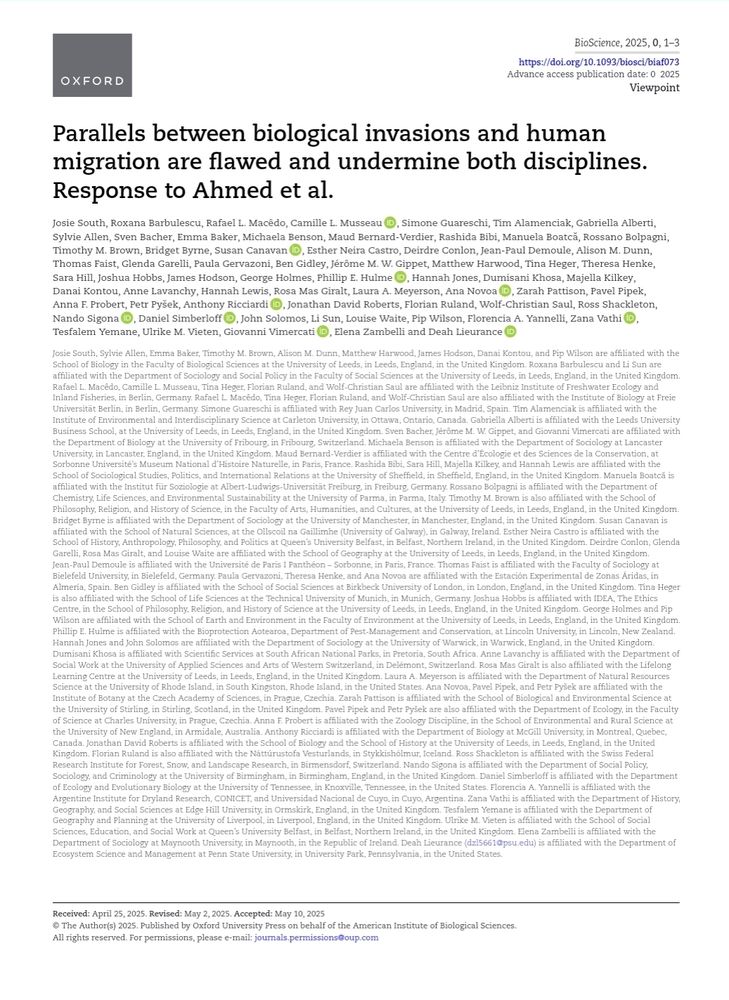
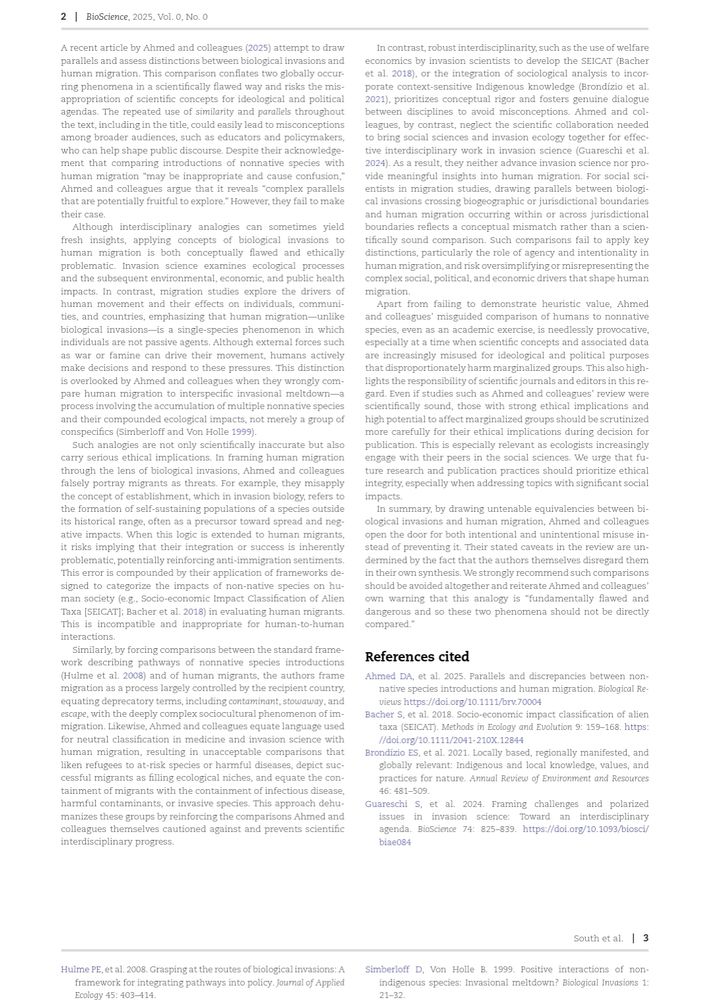
June 9, 2025 at 4:06 PM
A recent article in Biol Reviews by Ahmed et al (2025) warns against 'deleterious' comparisons between human migrations & biological invasions, yet makes a series of scientifically dubious comparisons, described as "potentially fruitful to explore". See our critique: academic.oup.com/bioscience/a...
Reposted by Susan Canavan
A very diverse bunch of scholars - from across biology, conservation, and migration studies - wrote this piece on the very obvious, yet not quite obvious enough for some, dangers of comparing invasive species and human migration. academic.oup.com/bioscience/a...

Parallels between biological invasions and human migration are flawed and undermine both disciplines. Response to Ahmed et al.
A recent article by Ahmed and colleagues (2025) attempt to draw parallels and assess distinctions between biological invasions and human migration. This co
academic.oup.com
June 9, 2025 at 12:46 PM
A very diverse bunch of scholars - from across biology, conservation, and migration studies - wrote this piece on the very obvious, yet not quite obvious enough for some, dangers of comparing invasive species and human migration. academic.oup.com/bioscience/a...
Our newest paper.
How to make large language models more sustainable? Our editorial on the user’s perspective, led by @pavelpipek.bsky.social , now out in the new issue of Frontiers in Ecology and the Environment doi.org/10.1002/fee.... #LLM #AI #largelanguagemodels
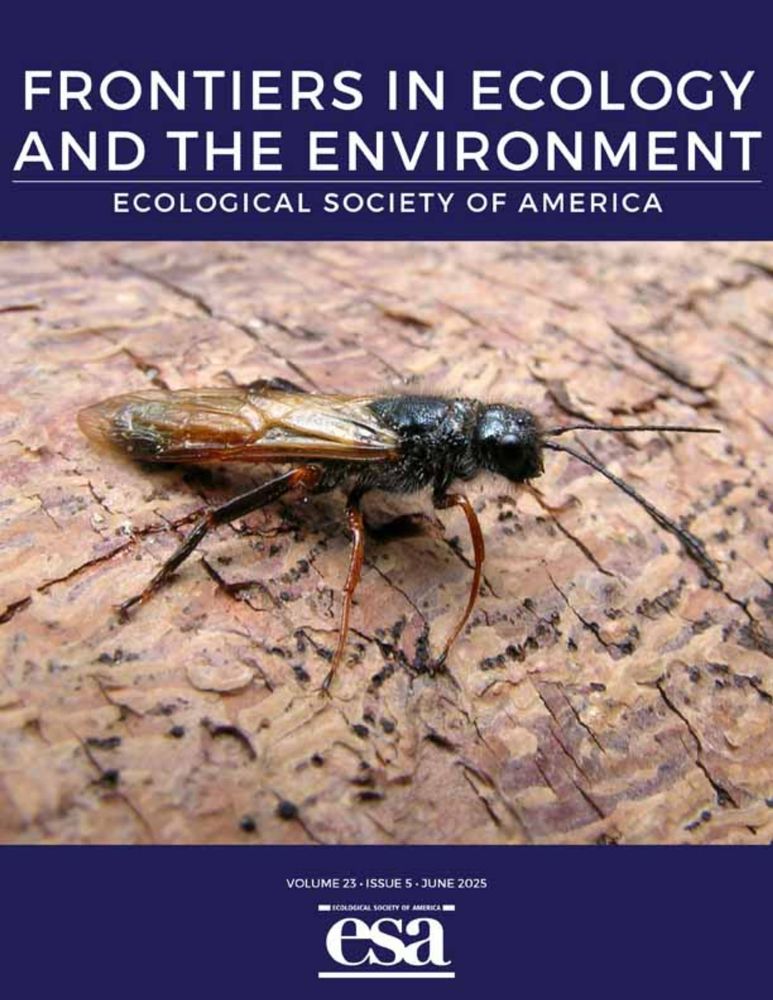
Sustainability of large language models—user perspective
Click on the article title to read more.
doi.org
June 6, 2025 at 10:25 AM
Our newest paper.
Reposted by Susan Canavan
📣📣 We would like to introduce the bi-annual #InvasionsNewsletter, an open-access digital magazine and a collaborative effort of individuals, networks, and organizations from around the world! You can access it here:
joom.ag/mIjd
joom.ag/mIjd

Invasions Newsletter
safeguarding island havens. new research. management stories. policy updates.
joom.ag
May 14, 2025 at 8:26 PM
📣📣 We would like to introduce the bi-annual #InvasionsNewsletter, an open-access digital magazine and a collaborative effort of individuals, networks, and organizations from around the world! You can access it here:
joom.ag/mIjd
joom.ag/mIjd
Reposted by Susan Canavan
Great discussions, amazing people, and exciting new perspectives at the Invasion Culturomics Workshop! 🌍 Happy to be part of this event in Průhonice, Czech Republic! #InvasionScience #Culturomics #ScienceMeetsCulture
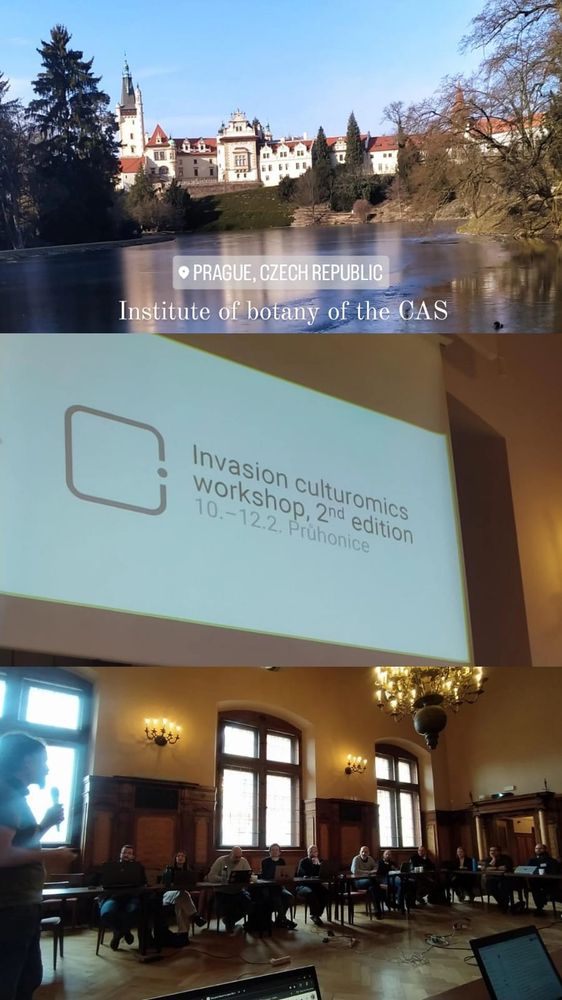
February 10, 2025 at 3:56 PM
Great discussions, amazing people, and exciting new perspectives at the Invasion Culturomics Workshop! 🌍 Happy to be part of this event in Průhonice, Czech Republic! #InvasionScience #Culturomics #ScienceMeetsCulture
Reposted by Susan Canavan
Getting ready for the second #SoNAF meeting in winter wonderland 🤩❄️ @iris-eeza.bsky.social @invaculture.net @ibotcz.bsky.social
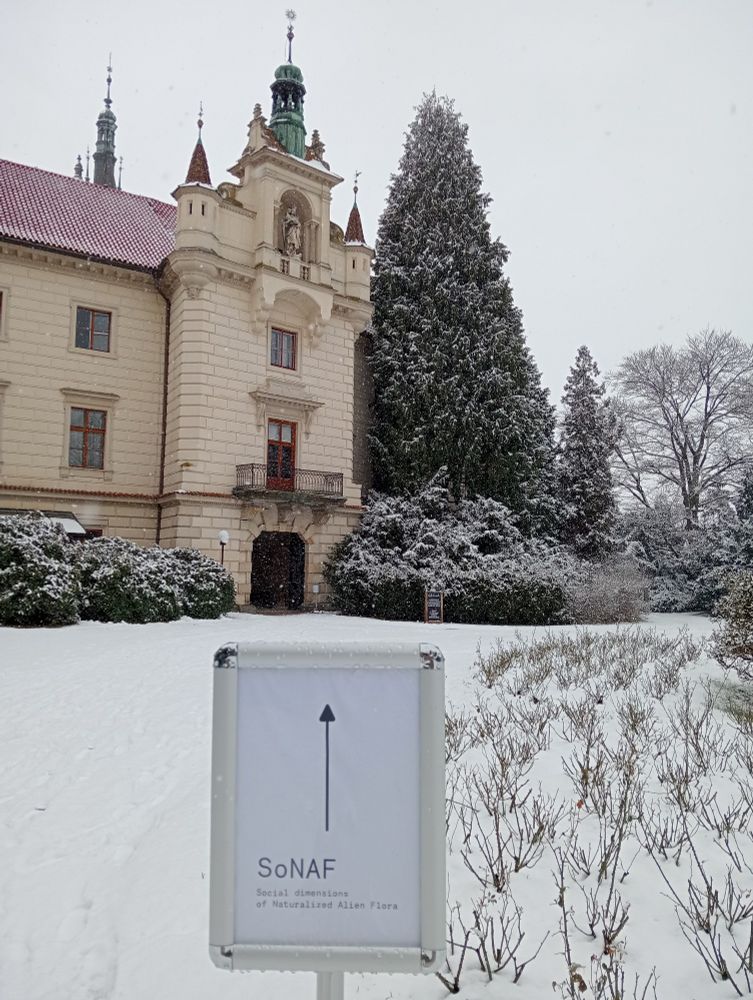
February 12, 2025 at 11:14 AM
Getting ready for the second #SoNAF meeting in winter wonderland 🤩❄️ @iris-eeza.bsky.social @invaculture.net @ibotcz.bsky.social
Reposted by Susan Canavan
IRIS went to Prague!!
From 10. - 14.02 our team co-organised two exciting workshops on invasion culturomics ( and SoNAF (Social dimensions of Naturalized Alien Flora) that took place in the castle of Průhonice @ibotcz.bsky.social
@invaculture.net
We are excited to work on the future developments!
From 10. - 14.02 our team co-organised two exciting workshops on invasion culturomics ( and SoNAF (Social dimensions of Naturalized Alien Flora) that took place in the castle of Průhonice @ibotcz.bsky.social
@invaculture.net
We are excited to work on the future developments!
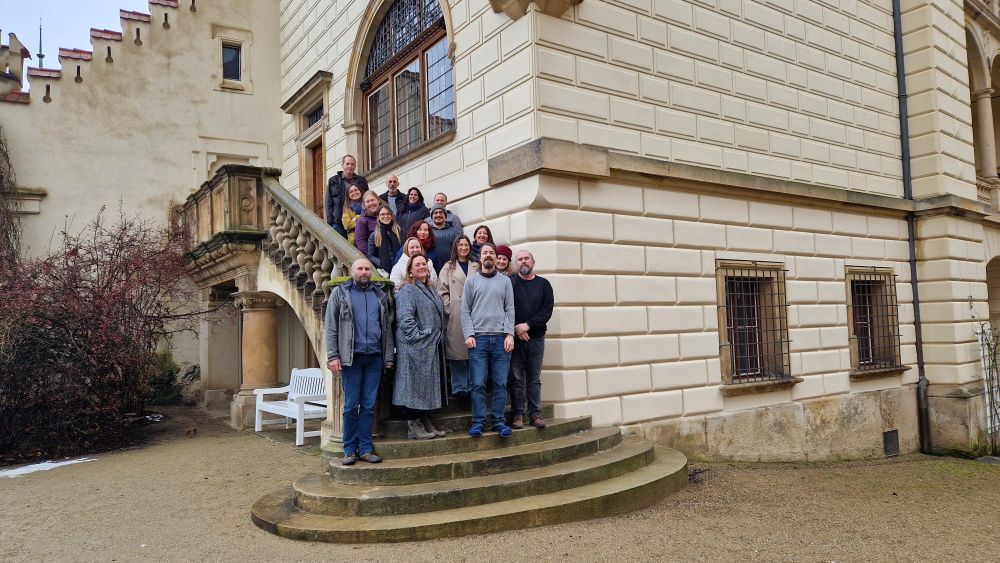
March 21, 2025 at 12:31 PM
IRIS went to Prague!!
From 10. - 14.02 our team co-organised two exciting workshops on invasion culturomics ( and SoNAF (Social dimensions of Naturalized Alien Flora) that took place in the castle of Průhonice @ibotcz.bsky.social
@invaculture.net
We are excited to work on the future developments!
From 10. - 14.02 our team co-organised two exciting workshops on invasion culturomics ( and SoNAF (Social dimensions of Naturalized Alien Flora) that took place in the castle of Průhonice @ibotcz.bsky.social
@invaculture.net
We are excited to work on the future developments!
Reposted by Susan Canavan
🚨 Only 1 week left! 🚨
Submit your abstracts and register by Feb 28th for the International Young Researchers Conference on Invasive Species!
🗓️ May 6-7, 2025 | 🌍 Online & Free
📢 Connect, share insights, and network with young researchers worldwide tackling invasive species!
iyrcis.webs.uvigo.es
Submit your abstracts and register by Feb 28th for the International Young Researchers Conference on Invasive Species!
🗓️ May 6-7, 2025 | 🌍 Online & Free
📢 Connect, share insights, and network with young researchers worldwide tackling invasive species!
iyrcis.webs.uvigo.es
Home
iyrcis.webs.uvigo.es
February 21, 2025 at 9:31 PM
🚨 Only 1 week left! 🚨
Submit your abstracts and register by Feb 28th for the International Young Researchers Conference on Invasive Species!
🗓️ May 6-7, 2025 | 🌍 Online & Free
📢 Connect, share insights, and network with young researchers worldwide tackling invasive species!
iyrcis.webs.uvigo.es
Submit your abstracts and register by Feb 28th for the International Young Researchers Conference on Invasive Species!
🗓️ May 6-7, 2025 | 🌍 Online & Free
📢 Connect, share insights, and network with young researchers worldwide tackling invasive species!
iyrcis.webs.uvigo.es
Check out our new-ish paper. This paper pushed me to become a @wikipedia.org editor so I could create and update pages for endangered or invasive species. Updating wiki not only helps share conservation information with a wider audience, but also helps our work break out of the academic bubble 🐢
Not sure if this helps brighten your feed today but we have just released our paper showing that, based on online behavior, we do care when species go extinct.
zslpublications.onlinelibrary.wiley.com/doi/10.1111/...
zslpublications.onlinelibrary.wiley.com/doi/10.1111/...

Trending extinctions: online interest in recently extinct animals
When species go extinct, online interest spikes but often fades quickly. We analysed how online attention shifts before and after extinction announcements of eight species and found that there are br....
zslpublications.onlinelibrary.wiley.com
February 20, 2025 at 8:56 AM
Check out our new-ish paper. This paper pushed me to become a @wikipedia.org editor so I could create and update pages for endangered or invasive species. Updating wiki not only helps share conservation information with a wider audience, but also helps our work break out of the academic bubble 🐢
Reposted by Susan Canavan
HOT OFF THE PRESS
We explore how climate change may affect introduction pathways of non-native species into protected areas including altering transportation routes, natural dispersal mechanisms & modifying human behaviors (forced migration and shifting travel destinations)
doi.org/10.1007/s105...
We explore how climate change may affect introduction pathways of non-native species into protected areas including altering transportation routes, natural dispersal mechanisms & modifying human behaviors (forced migration and shifting travel destinations)
doi.org/10.1007/s105...
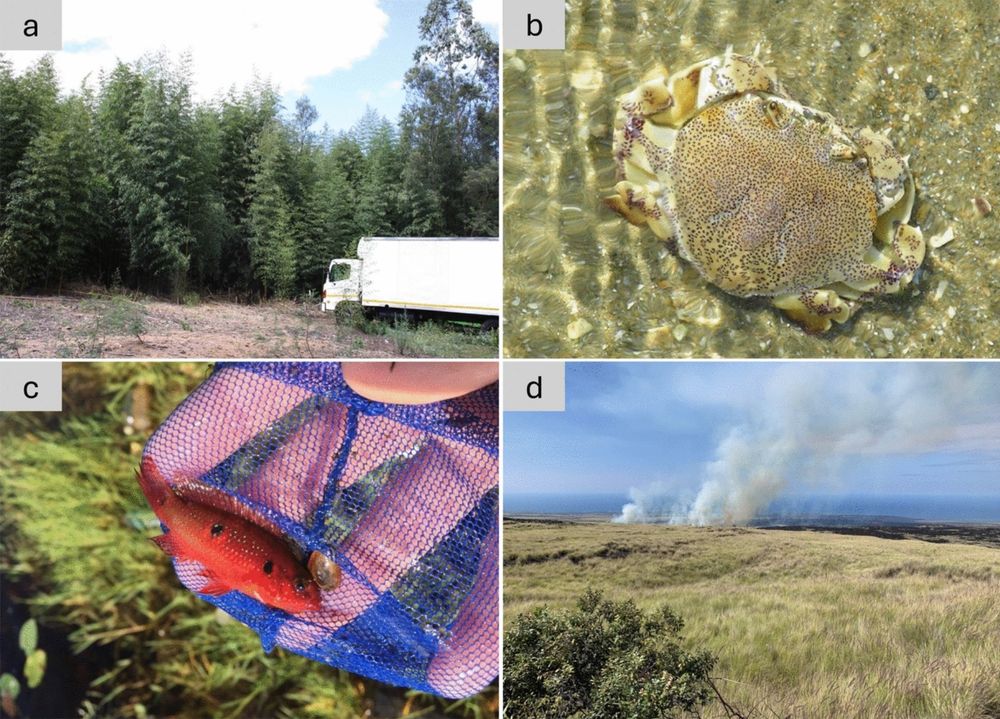
Understanding and managing introduction pathways into protected areas in a changing climate - Biological Invasions
The Kunming-Montreal Global Biodiversity Framework 2030 calls for the conservation of 30% of the world’s ecosystems, focusing on protecting areas vital to biodiversity, identifying and managing invasi...
doi.org
January 24, 2025 at 11:59 PM
HOT OFF THE PRESS
We explore how climate change may affect introduction pathways of non-native species into protected areas including altering transportation routes, natural dispersal mechanisms & modifying human behaviors (forced migration and shifting travel destinations)
doi.org/10.1007/s105...
We explore how climate change may affect introduction pathways of non-native species into protected areas including altering transportation routes, natural dispersal mechanisms & modifying human behaviors (forced migration and shifting travel destinations)
doi.org/10.1007/s105...


